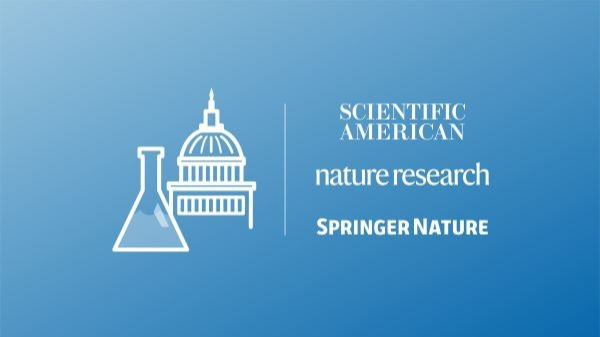Better Severe Weather Forecasting to Reduce Costs, Deaths, and Property Damage
The seventh annual Science on the Hill event brought together policy leaders and scientists in a panel discussion on severe weather forecasting. The United States now experiences a billion-dollar weather and climate disaster every three weeks, and intensifying extreme weather events are among the most serious and wide-ranging threats to American life. In addition to the raw destruction they cause to human life and property, they also pose growing dangers to people's health, food and water supplies, and the national economy.
Discussion at the event addressed the following questions:
- How have severe weather events changed over the last decade, and what does the future look like?
- How can better weather forecasting and communication make a difference in reducing costs and lives lost?
- What programs, policies, or incentives exist to support better weather forecasting? How could they be more accessible and effective? What additional new approaches could be helpful?
The event included a moderated audience Q&A session with the panelists.
The event was hosted by Scientific American and Nature Portfolio, both part of Springer Nature, and the National Academies of Sciences, Engineering and Medicine.






